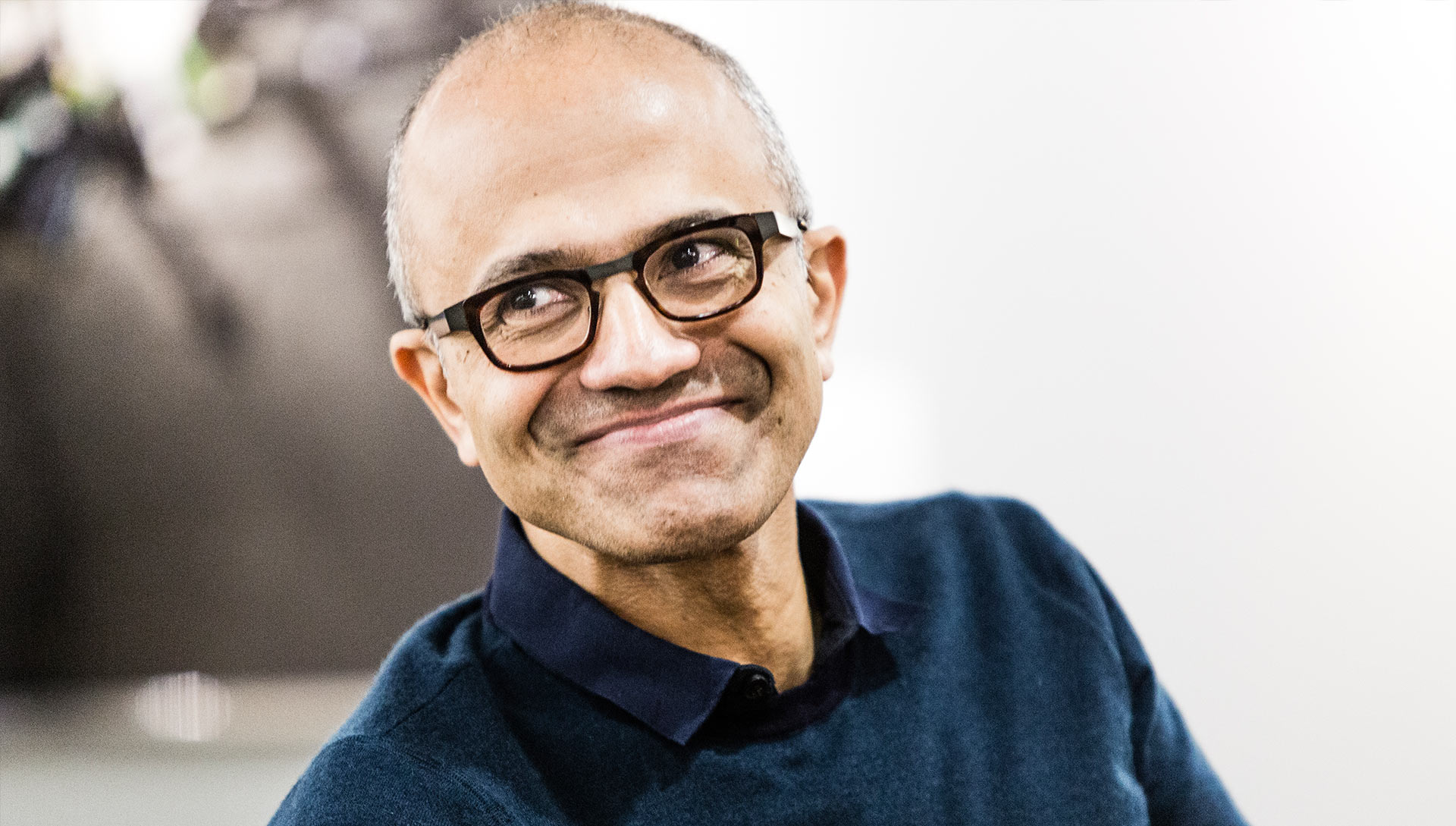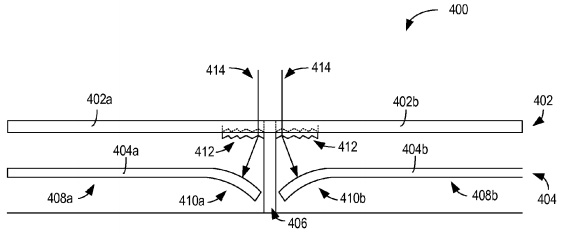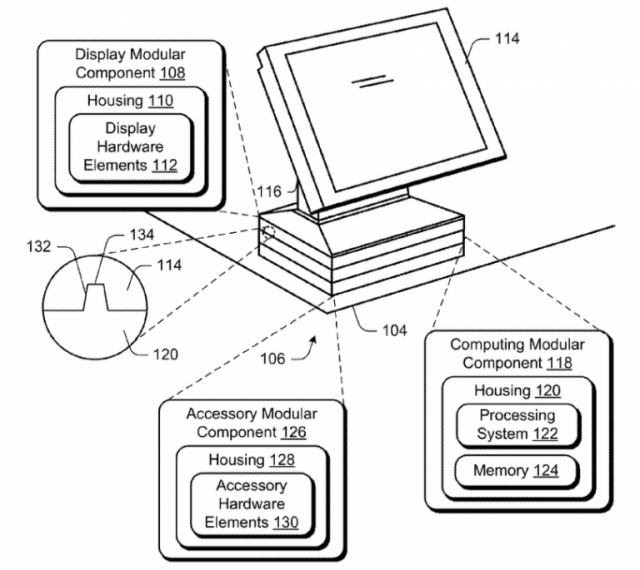Microsoft received a patent for a bending smartphone

According to the report on the results of the fourth quarter of 2016, Android and iOS devices accounted for 99.6% of all smartphone sales. Of the 432 million smartphones sold during this period, only 0.3% is Windows Phone.
Despite a certain success of Microsoft hardware products, for example, Surface Pro and Surface Book, the company still can’t enter the smartphone market with a more or less competitive product. The inability to do this was underscored at the end of last year, when the corporation decided to stop the official release of Lumia mobile devices in its Microsoft Store.
')
However, the company has never stated that it is ready to completely and irrevocably leave the market for hardware products. Perhaps the leadership is waiting for the right moment or really worth the innovation. If we talk about the latter, the recently published Microsoft patent hints that the company does not intend to surrender.
Once upon a time there were rumors that the corporation would launch the Surface Phone, but the CEO Satya Nadella made it clear that he does not want to offer users just another smartphone that looks and works the same way as hundreds of other devices, but has a unique difference in which -one aspect.
“We do not want to be simply made to envy what others have. The question is, what can we bring? We will remain on the phone market, but not because of what defines today's market leaders. We want to make a unique, perfect mobile device, and to conquer the market with this, ”said Nadella in November.
And now Microsoft has a patent , the application for which was filed back in 2015. It shows a device that folds in half and resembles Courier - a folding tablet, on which the company worked and the development of which was abandoned several years ago.
This is not the first time Microsoft has filed a patent for a folding device. Two months ago, it was discovered that the company submitted a request for a “Mobile Computing Device with a Flexible Hinge Structure”. The patent demonstrated a smartphone with a side hinge, which opens and shows a large display surface that would fit the tablet more.

In the patent presented above, the company continues to develop the idea of a multi-layer display with tiled panels with curved edges. The curvature is justified by reflecting light from the joints, which would create the optical illusion of a single continuous image. Thus, when the user looks at the supporting structure that connects the panels, he sees reflected light from the display panel, which produces a picture.

In display devices, such as mosaic or mounted displays, where several panels can work separately from each other thanks to the supporting system. However, when the user sees this system, the “seams” between the displays, this makes it difficult to perceive the picture.
Thus, Microsoft wants to create a foldable smartphone with several active displays showing one continuous image. The idea is interesting, but there are questions about ergonomics. Still, the drawings look a bit cumbersome, and such a phone will be difficult to use for its intended purpose. There are also questions about the thickness of the device when folded.
If Microsoft still decides to release a “smart phone book,” it may have to compete with similar Samsung and LG products. According to the latest rumors, Samsung is ready to release thousands of prototypes in the third quarter of 2017, most likely, immediately after the autumn presentation of Apple's new iPhone 8.
However, the presence of a patent does not necessarily mean that the product will be manufactured according to it. Almost simultaneously with the smartphone in 2015, Microsoft filed a patent application, but received approval only in February 2016. The company managed to patent a modular PC, in which it will be possible to replace certain parts, and not to buy a new computer for the sake of updating.

In such a computer, it will be possible to replace the battery, processor, video card, memory, drive. Optionally, the user can add a wireless module. It is assumed that such a “designer” buyer without special knowledge of the hardware device will be able to change all the parts himself. However, more detailed information on the release of such computers yet.
Source: https://habr.com/ru/post/370309/
All Articles